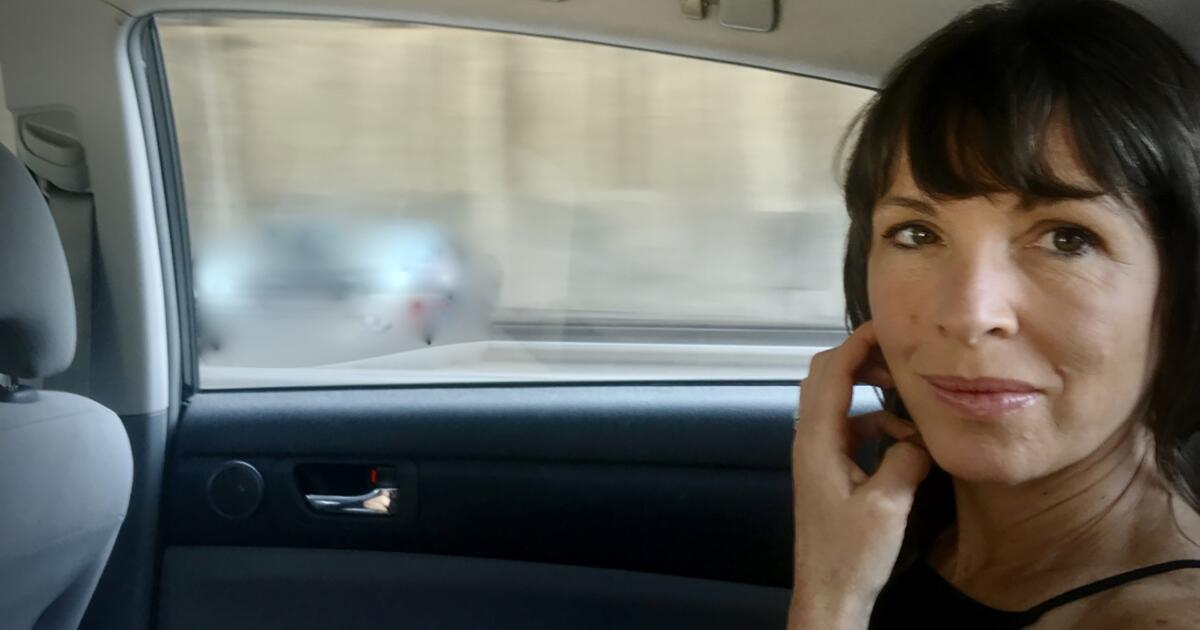Several years ago, I attended a reading by Rachel Cusk from “Kudos,” the final installment of her “Outline” trilogy. She read from near the end of the novel, when the character Paola explains why she is cycling rather than driving. One morning, Paola tells the narrator, Faye, and their friend Felícia, as she was rushing to get her daughter ready for school, she looked out the window of her home and noticed that her car was gone, and she knew her ex-husband had a key. As Cusk read, pausing occasionally for emphasis, the audience braced itself.
“I realized that unconsciously I had taken a feeling of security and legitimacy from the car,” Paola says. “Until that moment when I looked out of the window and saw the empty space where the car had been, I had been holding on to a delusion.” As Cusk read these lines, several members of the audience sighed and even gasped. One woman shook her head. Another said simply and rather loudly, “No.”
What delusion was Paola under, and why was this moment so horrifying? The answer comes to us in the form of Cusk’s new novel, “Parade.” Told in four sections that each contain multiple stories, “Parade” has perplexed reviewers and will perhaps do the same to readers — unless they understand what Cusk is after or are curious enough to find out.
Cusk followed the “Outline” trilogy with the novel “Second Place,” a retelling of the writer and arts patron Mabel Dodge Luhan’s epic spiritual war with the toxic D.H. Lawrence, which Luhan chronicled in her 1932 memoir, “Lorenzo in Taos.” Lawrence is one of Cusk’s favorite writers, and his influence is felt perhaps most keenly in “Parade.”
When Cusk writes about the erasure of women, whether on the page, in society or in relationships, she means it (as Lawrence did) literally. It is not only spiritual or mental death but an all-encompassing end. “Parade” takes this idea a step further, exploring the total destruction of the female self through art, inspired by real artists such as Louise Bourgeois and Paula Modersohn-Becker.
Lawrence hated women. Does Cusk? In the first section of “Parade,” “The Stuntman,” she describes a “feeling of everything seeming right yet being fundamentally wrong” as the “condition of her sex.” The painter G has painted his wife upside down. The nude portrait is mean, horribly ugly. Even so, nothing matters to the woman but his talent.
When the nameless narrator of the next story of the section is assaulted on the street by a stranger, she is not surprised. She feels it’s possible that she somehow deserved it.
“Yes, of course, I had thought when I awoke after a smashed interval to find myself lying in the street in blinding pain with no knowledge of how I had got there.”
A section modeled after the life of the painter Modersohn-Becker proposes that when women step out of a false sense of security, as Paola did by looking out the window that morning, they step into a “world of [their] own illegitimacy.” What does female art look like? The answer “would have to be composed chiefly of a sort of nonexistence,” Cusk writes.
In a 2022 interview with Merve Emre for the Yale Review, Cusk said she was focusing on the following questions: “Does the female voice have to remain unlived or undisclosed? Does its value derive from its nonexistence or its existence in silence, in not being free, in not having things and in the kind of knowledge that comes out of that? Or is it actually a distinct existence and a distinct spirituality in itself?”
In the second section of the book, “The Midwife,” another version of the “painter G,” a female one, remembers toiling away in her squalid studio as “a complete erasure or absence of an exterior self.” It’s only when she begins to exhibit her work and secures gallery representation that “she had become identifiably female. This was not a sexual but a social femininity, offered to her as a form of weakness.”
Haters say Cusk did away with plot in the “Outline” trilogy and has now done away with character in “Parade,” a step too far. But it’s possible that the purposeful absence of character is a way of raising questions about identity.
As in the “Outline” trilogy, “Parade” offers no direct characterization of its narrators. But we learn a great deal about the characters from what they choose to report. In fact, we learn more than we might want to know, like the pointed shame and guilt of being a mother and daughter. “Shame had always stood behind G,” Cusk writes of the female painter, “colossal and constrained, like water behind a dam.”
In the third section, “Divers,” the character Julia asks, “doesn’t everybody feel their mother could have been an artist? Maybe we feel that way because we are guilty of wrecking our mothers’ lives.”
While the last section of the book, “The Spy,” is the weakest, “Parade” ultimately reveals itself to be the work of the same genius of the “Outline” trilogy and “Second Place,” one of the most exacting, terrifying novelists working today. “Parade” is either a guide or a warning. How thrilling not to know which.
Jessica Ferri is the owner of Womb House Books and the author, most recently, of “Silent Cities San Francisco.”

